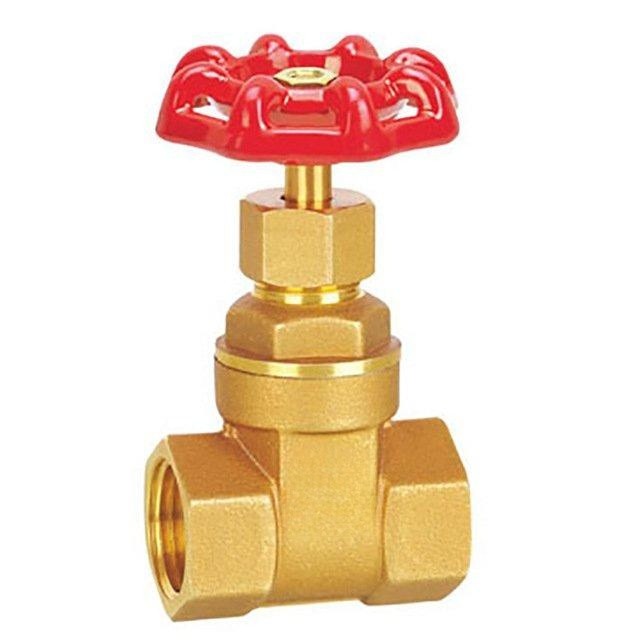butterfly wafer valve
Understanding Butterfly Wafer Valves Key Features and Applications
Butterfly wafer valves are widely recognized for their simplicity, efficiency, and versatility in various industrial applications. These valves are essential components in fluid control systems, primarily used to regulate the flow of liquids and gases. Unlike other valve types that may be more complex, butterfly wafer valves offer a straightforward design that allows for quick operation and a compact footprint.
Design and Construction
The fundamental design of a butterfly wafer valve consists of a circular disc, or 'butterfly', that pivots around a shaft. This disc is positioned within a pipe and is operated by a handle or actuator. When the handle is turned, the disc rotates either parallel or perpendicular to the flow of fluid, effectively opening or closing the valve. The wafer style, which refers to the valve's mounting method, allows it to be sandwiched between two flanges, making it highly versatile for installation in different piping systems.
One of the key advantages of butterfly wafer valves is their lightweight design, which makes them easier to handle and install compared to heavier gate or globe valves. Additionally, they require minimal space, making them ideal for applications where space is a constraint. The sealing mechanism, usually provided by an elastomeric seat, ensures a tight shutoff, preventing any leakage.
Applications
Butterfly wafer valves find application in a wide variety of industries due to their robust performance and durability. They are commonly used in water treatment facilities, chemical processing plants, and HVAC systems. In wastewater treatment, for instance, they help regulate the flow of sewage and treated water, ensuring efficient operation of the facility.
In the chemical industry, their ability to handle corrosive materials and high-pressure conditions makes them a popular choice. Manufacturers often use stainless steel or plastic materials for the valve body and disc to resist chemical attacks and enhance performance longevity. Furthermore, they are utilized in food and beverage applications where hygiene is paramount, providing reliable isolation and flow control without contamination risks.
butterfly wafer valve

Advantages of Butterfly Wafer Valves
1. Cost-Effectiveness Butterfly wafer valves are generally more affordable than other types of valves. Their simple design leads to lower production costs, which translates into savings for consumers.
2. Ease of Operation The quick operating mechanism allows for rapid opening and closing, making these valves suitable for systems requiring frequent adjustments.
3. Minimal Pressure Drop Because of their streamlined design, butterfly wafer valves create less turbulence, resulting in a lower pressure drop across the valve. This efficiency can enhance overall system performance.
4. Versatility They can be used in various applications across multiple industries, from water supply and distribution to oil and gas operations.
Conclusion
In summary, butterfly wafer valves are indispensable tools in fluid management systems across numerous industries. Their unique design, combined with the efficiency and cost-effectiveness they offer, makes them a preferred choice for engineers and operators alike. As industries continue to evolve, the demand for reliable and efficient flow control solutions will only grow, solidifying the role of butterfly wafer valves in modern infrastructure. Whether in municipal water systems or industrial applications, these valves exemplify innovation in fluid dynamics, catering to the needs of a diverse range of sectors. Understanding their features and functional benefits can help users make informed decisions when selecting the right valve for their specific application needs.
-
The Key to Fluid Control: Exploring the Advantages of Ball Valves in Industrial SystemsNewsJul.09,2025
-
The Versatile World of 1, 2, and 3 Piece Ball ValvesNewsJul.09,2025
-
Stainless Steel Ball Valves: The Ideal Choice for Efficient Flow ControlNewsJul.09,2025
-
Optimizing Fluid Control with Ball Float ValvesNewsJul.09,2025
-
Manual Gate Valves: Essential for Control and EfficiencyNewsJul.09,2025
-
Everything You Need to Know About Butterfly ValvesNewsJul.09,2025
-
The Versatility of Wafer Type Butterfly ValvesNewsJul.08,2025




